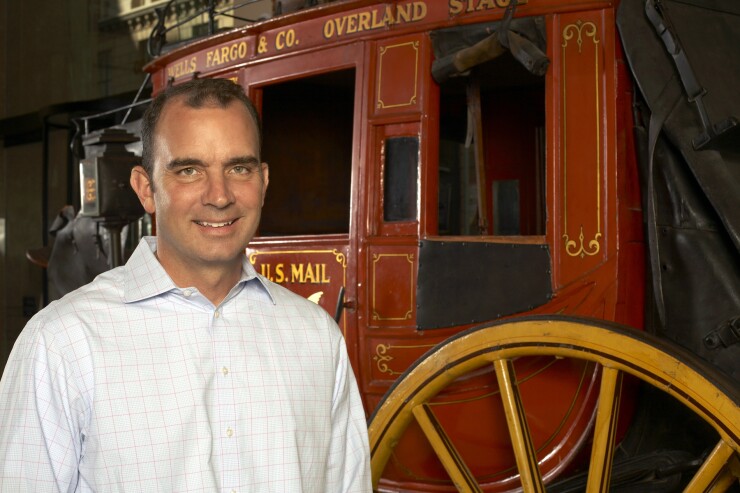The old motto at Wells Fargo was “Run it like you own it.” Perhaps the new one should be “Run it from the top.”
Prior to last year’s phony-sales fiasco, the company’s far-flung employees took substantial pride in their autonomy, which they saw as a key advantage over less nimble competitors. But Wells Fargo’s decentralized corporate structure also had a big downside, the firm’s board of directors
Specifically, the report concluded that the old approach gave too much autonomy to leaders in the retail banking unit who resisted and impeded the sort of outside scrutiny that might have stopped the widespread branch-level misconduct sooner.
So now, the new buzzword at Wells Fargo is “centralization.” On Friday, top executives at the $1.9 trillion-asset bank provided new details to investors about their efforts to reorganize.

The bank stated that 113,000 employees — or about 42% of the company’s entire workforce — have been reassigned over the last 18 months. In most cases, physical locations have not been changed. What generally has is who reports to whom.
Whereas different business units used to have their own risk managers, their own human resources teams, their own marketing departments, and so on, each of those responsibilities is now being consolidated.
“It is a fundamental rewiring,” Chief Financial Officer John Shrewsberry said in an interview.
The reputation-denting scandal is not the only reason that Wells is looking to centralize its operations. The San Francisco-based bank is also pushing to cut costs — another change from the old days, when top executives focused mainly on growth — and it sees an opportunity to cut redundancies.
All told, Wells Fargo projects that its centralization and optimization initiatives will yield $1.3 billion in savings by the end of next year. Shrewsberry argued that these efforts will yield big dividends even apart from the financial benefits.
“Even if they cost the same, they’d be worth doing because it’s an easier company to manage, it’s a less risky company to manage, and we get a better outcome,” he said.
The benefits of centralization include better employee training, better succession planning, and an improved ability to oversee business operations, according to Shrewsberry.
“You end up with an arm's-length relationship between each control function and each business that wasn’t necessarily there before,” he said.
But during an earnings call Friday, RBC Capital analyst Gerard Cassidy pressed the bank’s top brass about whether they are taking steps to preserve the entrepreneurial spirit of the old Wells Fargo.
“I think it’s a really good question,” CEO Tim Sloan responded. “When you think about the amount of change that’s happening at the company, there’s no question there can be impacts in how we’re interacting with our customers.
"And the way that you guard against that is that you talk about it a lot.”
Nancy Bush, an analyst at NAB Research, commended Wells Fargo for moving to centralize its operations following a scandal that exposed problems with its past approach.
“I think with a company like Wells Fargo, given their particular history, the more centralized the better,” she said.
At the same time, she wondered aloud about whether the big changes being undertaken at Wells are the result of regulatory requirements that were imposed in the wake of the scandal. And she argued that the scale of the reorganization has caused some uncertainty among investors.
Wells Fargo’s stock price fell by 1.1% on Friday, following an earnings report that featured stronger-than-expected profits but worse-than-anticipated revenue.
“It’s like this company really has done a 180,” Bush said.





